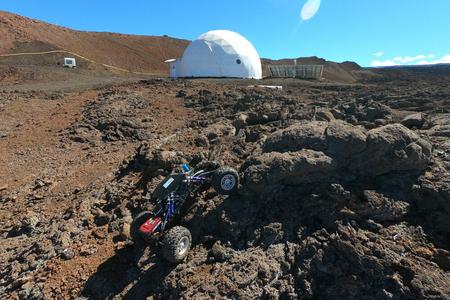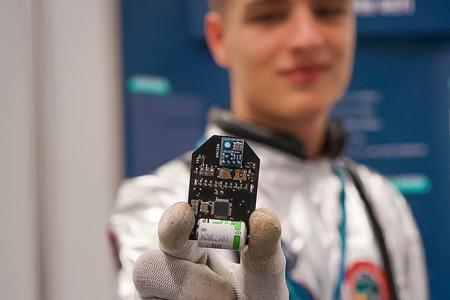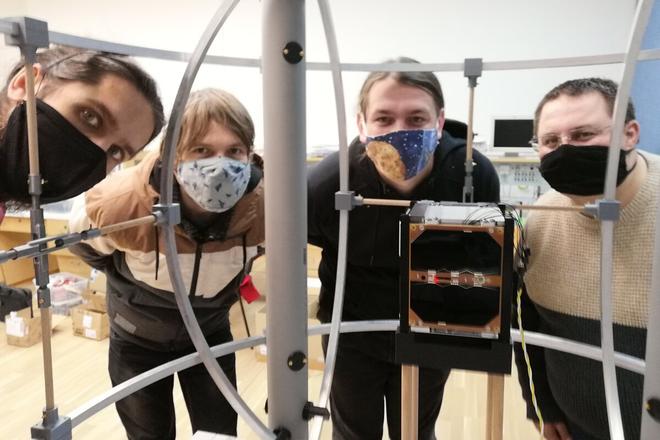The second satellite constructed in Slovakia should start orbiting the Earth this autumn.
Named GRBAlpha, the satellite is an international project. It has a cubic shape measuring 10 x 10 x 10 cm. The satellite is currently in Moscow, awaiting its launch into space. It will be carried onboard a Russian space rocket, which will be launched from the Baikonur Cosmodrome in March or April.
“The main task of the satellite is the support of amateur radio activities and the promotion of Slovakia abroad,” said Miroslav Šmelko, project coordinator from the Faculty of Aeronautics of the Technical University of Košice (LF TUKE), as quoted by the TASR newswire.
The first Slovak satellite to be launched into space was skCUBE back in 2017. It sent over a million data packets and responded to 544 commands from the Earth during 569 days on orbit. It later went silent, overheated by radiation.
Amateur radio and scientific experiment

The satellite contains a transmitter working on two frequency bands. It should transmit a regular beacon with a call sign in Morse code and a basic telemetry in digital format. It should also offer a retranslation function, thanks to which amateur radio stations will be able to communicate with one another outside the direct radio signal, Šmelko explained.
Part of the project is a scientific experiment, whose design and construction was coordinated by astrophysicist Norbert Werner. Its aim is to verify the new possibilities of monitoring gravitation waves with the detection of gamma-ray bursts in Earth’s orbit.
“If this mission confirms the functionality of the proposed experiment, it’ll be possible to shift it to other nanosatellites and create a fleet of such detectors on various orbits,” Šmelko said, as quoted by TASR. “It should thus be possible to detect a place where the gravitation wave is created in the cosmos, which would be a significant contribution to global astrophysics.”
An international cooperation
The satellite was developed by an international team in Slovakia, Hungary and Japan, under the auspices of LF TUKE. Apart from the faculty, the Spacemanic and Needronix companies, the Slovak Organisation for Space Activities (SOSA), and the Slovak University of Technology in Bratislava (STU) participated in the project.

The scientific part of the mission is led by a team from Budapest-based Eötvös Loránd University, and the gamma-rays detector was developed by the Konkoly Observatory in Budapest and Japanese universities in Hiroshima and Nagoya.
The GRBAlpha project won second place in the 2019 competition for a nanosatellite launch, organised by the International Astronautical Federation and the Russian company GK Launch Services. As a result, it received a 75-percent discount from the space launch.
The remaining 25 percent, amounting to $15,000, was donated from sponsors, TASR reported.
The GRBAlpha project confirms the long-held tradition and the potential of the LF TUKE in the field of aerial and space technologies, according to its Dean Stanislav Szabo.
“The successful implementation of this project created real possibilities for our students to participate in scientific research, using modern technologies from the aerial and space sector and promote the good prospects of our Aerial and Space Technology specialisation,” Szabo added, as quoted by TASR.


 The tests of GRBAlpha. (source: LF TUKE)
The tests of GRBAlpha. (source: LF TUKE)